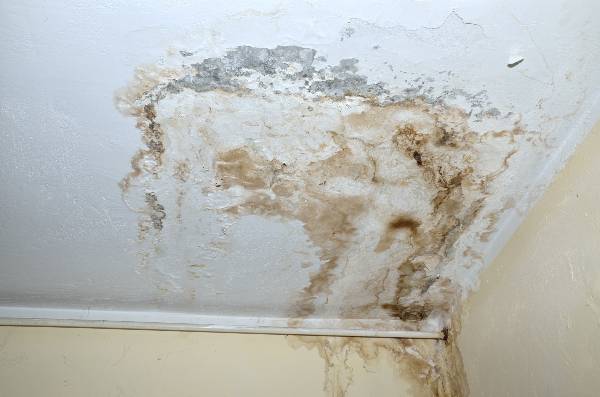The content listed below on the subject of Leaking water lines is fairly remarkable. Give it a go and make your own personal final thoughts.

Early detection of leaking water lines can reduce a possible catastrophe. Some little water leaks may not be noticeable.
1. Examine the Water Meter
Every home has a water meter. Examining it is a surefire manner in which aids you uncover leakages. For beginners, turn off all the water sources. Ensure no one will purge, use the faucet, shower, run the washing device or dishwashing machine. From there, go to the meter as well as watch if it will certainly alter. Since no one is using it, there ought to be no motions. That suggests a fast-moving leak if it moves. If you find no adjustments, wait a hr or two and inspect back once again. This implies you may have a slow leakage that can also be below ground.
2. Inspect Water Intake
If you detect abrupt changes, despite your intake being the exact same, it means that you have leakages in your plumbing system. An abrupt spike in your costs suggests a fast-moving leak.
A consistent increase every month, also with the same habits, reveals you have a slow leakage that's also slowly rising. Call a plumber to completely examine your building, specifically if you feel a cozy location on your floor with piping beneath.
3. Do a Food Coloring Test
30% comes from bathrooms when it comes to water intake. Test to see if they are running appropriately. Decline specks of food shade in the container and wait 10 mins. If the shade somehow infiltrates your dish during that time without flushing, there's a leak in between the tank as well as dish.
4. Asses Outside Lines
Do not fail to remember to check your exterior water lines too. Needs to water permeate out of the link, you have a loosened rubber gasket. One little leakage can lose bunches of water and also increase your water costs.
5. Inspect and also Assess the Scenario
House owners ought to make it a routine to inspect under the sink counters as well as even inside cabinets for any kind of bad odor or mold and mildew development. These two red flags show a leak so punctual interest is needed. Doing routine inspections, also bi-annually, can conserve you from a major problem.
Inspect for discolorations as well as weakening as a lot of pipes as well as appliances have a life span. If you suspect dripping water lines in your plumbing system, do not wait for it to intensify.
Early discovery of leaking water lines can minimize a prospective calamity. Some tiny water leakages may not be visible. Examining it is a surefire means that helps you find leakages. One little leak can waste lots of water and also spike your water expense.
If you believe leaking water lines in your plumbing system, don't wait for it to intensify.
How to Know If Your Home Has a Hidden Leak
Water Meter Reveals Inexplicable Water Usage
If you’d like to test whether or not there’s a leak somewhere in your home, you can do this using your water meter. Here is how to conduct the test:
Don’t use any water in your home for at least 30 minutes; this also means not turning on faucets or water-using appliances.
Go outside, and check your water meter for activity.
If your water meter shows that there was activity, even though no one was using any water, this proves that there is a leak in your home.Visible Mold or Mildew Growth
Leaks behind walls create moist, dark environments that allow mold and mildew to grow and thrive. Eventually, you might see mold growth forming on the wall closest to a hidden leak.
If mold is growing in an area that receives a high amount of moisture, such as a bathroom, it may simply be an indication that better ventilation is needed. However, if you see mold growth on a wall or the ceiling in an area where you would not expect, you probably have a hidden leak.
Musty, Mildew Odor
Sometimes you might not be able to see the mold or mildew that is growing as a result of a leak. However, the smell can give the problem away just as easily. If you catch a whiff of something musty, there’s a good chance that old water is collecting somewhere in your home that you can’t see.
Stained/Warped Walls, Ceilings, or Floors
When your home soaks up water, a variety of red flags can become visible, including ceiling stains, bubbling drywall, warped walls, and sagging floors. While these issues can be caused by excess humidity, they can also be signs that a pipe or plumbing connection has started leaking behind your walls.
Inexplicably High Water Bill
After a while, you get a general sense for what your water bill should be. If you own a pool or sprinkler system, your bill will tend to be higher during summer. However, if you receive a water bill that seems especially high, and you can’t figure out what caused it, then you may have a hidden leak somewhere that’s increasing your bill.
https://www.plumbingjoint.com/blog/2019/july/how-to-know-if-your-home-has-a-hidden-leak/

Hopefully you enjoyed our post on Hacks to detect leaks. Thanks a lot for taking a few minutes to read our article post. Sharing is nice. Helping others is fun. Thanks a lot for taking the time to read it.
Schedule Here